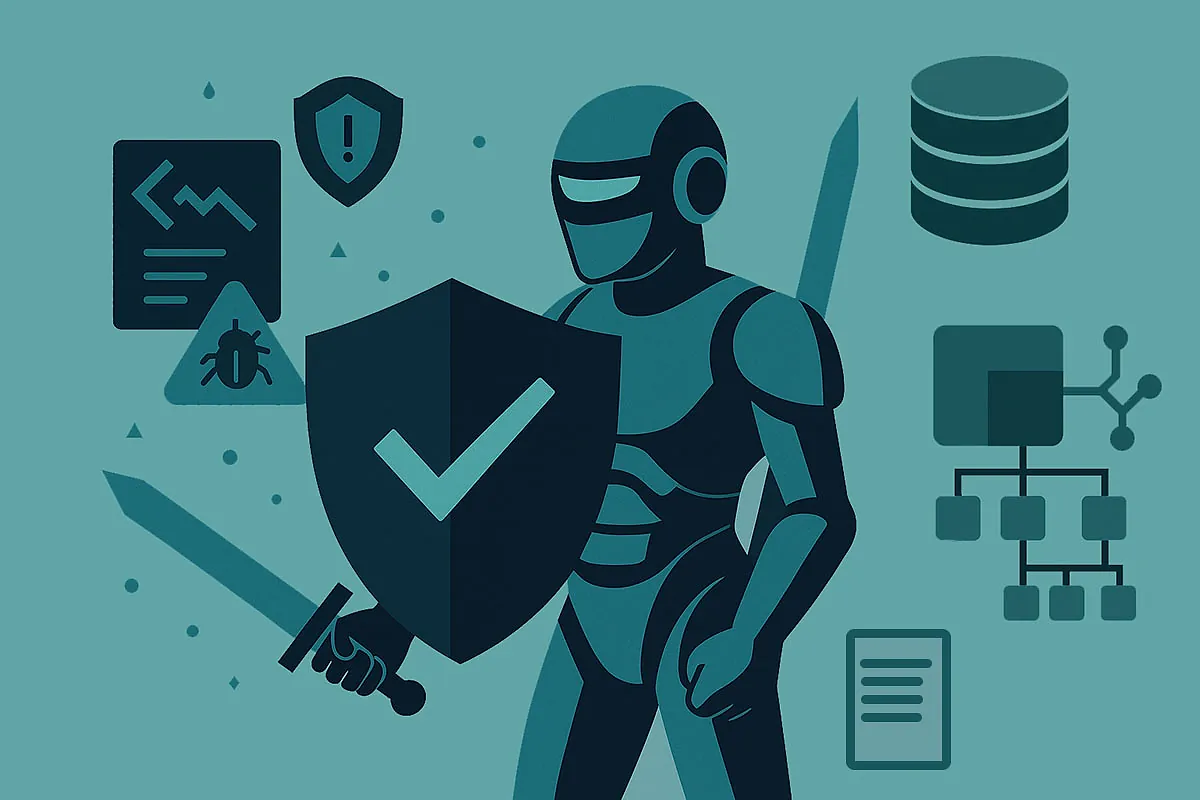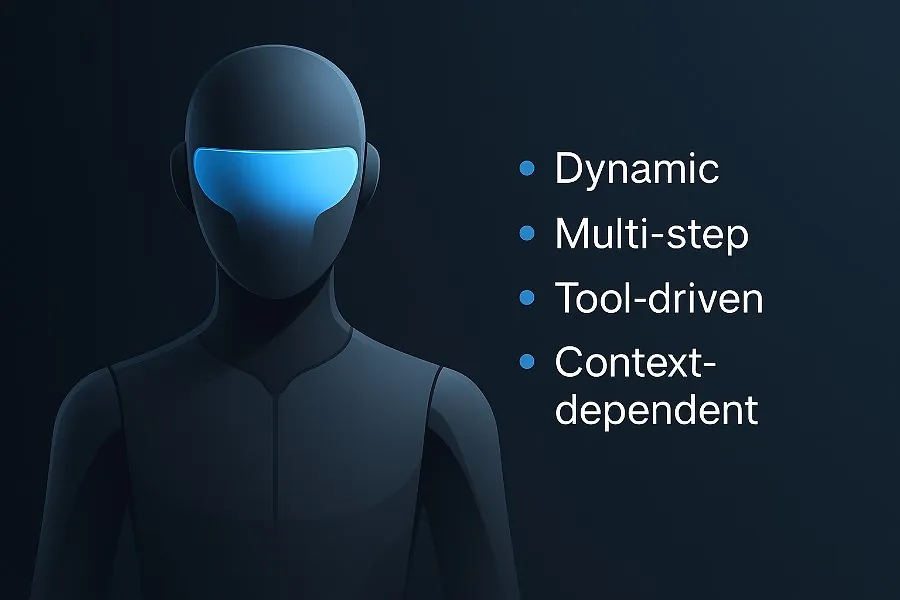AI agents are maturing fast. What started as simple “chatbots with tools” is now evolving into distributed systems that react, reason, delegate work, and communicate with other services. At AgentX, many of our Enterprise customers are already running dozens of private MCP servers, hundreds of tools, and thousands of daily tool calls across multiple workspaces.
And here’s the interesting part:
as the sophistication of agents grows, the nature of the risks changes too.
We noticed that traditional security layers - API gateways, WAFs, access tokens - don’t fully understand what’s happening inside an agent-driven workflow. They see network calls, but not intent. They see JSON, but not tool semantics. They see tokens, but not MCP resource boundaries.
This is why we introduced Golf, a firewall built specifically for the Model Context Protocol, to our Enterprise offering.
And this article is not just a feature announcement - it’s an attempt to explain a shift that’s happening in the AI world, and why a new type of security layer is needed.
Agents don't just "call APIs" - they decide what to do next.
In most software systems, behavior is predictable:
A client sends a request
The server performs an action
Done
With agents, this model breaks down. A single agent turn might involve:
interpreting unstructured text
deciding which tool to use
using that tool
reading the result
making another decision
passing the result to another agent
From a security perspective, this creates a new problem: intent is dynamic, not hardcoded.
An agent can suddenly decide to call:
a tool it rarely uses
a tool it was not expected to use in this context
or a tool that exposes sensitive data
This doesn’t mean the agent is malicious - it means AI systems are probabilistic, and require a different kind of supervision.
Traditional security sees traffic. Golf sees meaning.
This is the conceptual shift that convinced us.
A typical firewall looks at… | Golf looks at… |
|---|
IP addresses | the tool being invoked |
routes | the structure of the MCP message |
headers | the purpose of the tool |
latency | the agent or user invoking it |
rate limits | the workspace it belongs to |
— | whether previous steps logically justify this action |
It doesn’t just ask, “Is this allowed?”
It asks, “Does this make sense?”
And if not, it blocks or alerts.
This is what protocol-awareness gives you. Not just control - contextual judgment.
The real advantage: visibility you never had before
Ask any enterprise deploying agents at scale what scares them most, and the answer is rarely “model quality.”
It’s not knowing.
Not knowing:
which tools agents are using most
where your sensitive resources are accessed
whether your prompt instructions are being bypassed
which workflows behave unpredictably
where a compromised token might spread
Thanks to Golf and AgentX, you get a completely new dimension of observability:
a structured map of how agents interact with your internal tools and systems.
This unlocks far more than visibility.
Once you can see the system, you can govern it, optimise it, and secure it - and with Golf integrated directly into AgentX for Enterprise customers, you get this clarity by default.
This is surprisingly powerful.
Security is no longer about blocking - it’s about understanding
This is the philosophical reason we adopted Golf.
Enterprises aren’t deploying one chatbot anymore — they’re deploying ecosystems of agents, each with different abilities, roles, and tools. Banning them from doing things isn’t the answer. Guiding them, observing them, and controlling the boundaries is.
Golf fits perfectly into this new world because it aligns with how agents behave:
It meets agents on their own level.
So what changes for AgentX Enterprise customers?
This isn’t a flashy product release - it’s a foundational shift. With Golf in place:
Every MCP tool call is validated with protocol-level understanding.
Sensitive environments gain visibility instead of opacity.
Workspaces become safer, without becoming restrictive.
Agents can still behave flexibly - but within guardrails that make sense.
It’s security that supports agent behavior rather than fighting it.
Crafted for High-Expectations Enterprise Teams
If you’re experimenting with one agent, you won’t feel the need for this yet.
But when you’re running autonomous workflows that touch internal systems, customer data, or infrastructure - a protocol-aware firewall stops being “nice to have.”
It becomes the missing layer we should have built years ago.
We’re adding Golf because the future of enterprise AI isn’t just powerful - it needs to be understandable, governable, and safe at scale.
And this is one step toward that future.
— The AgentX Team





